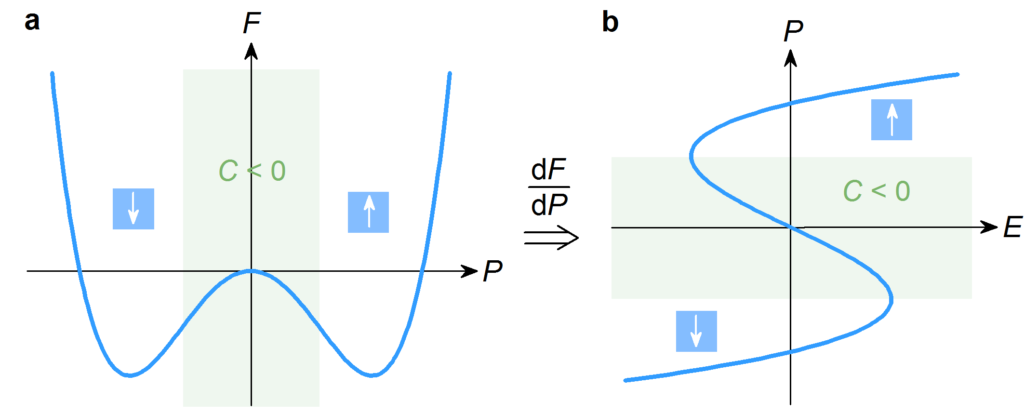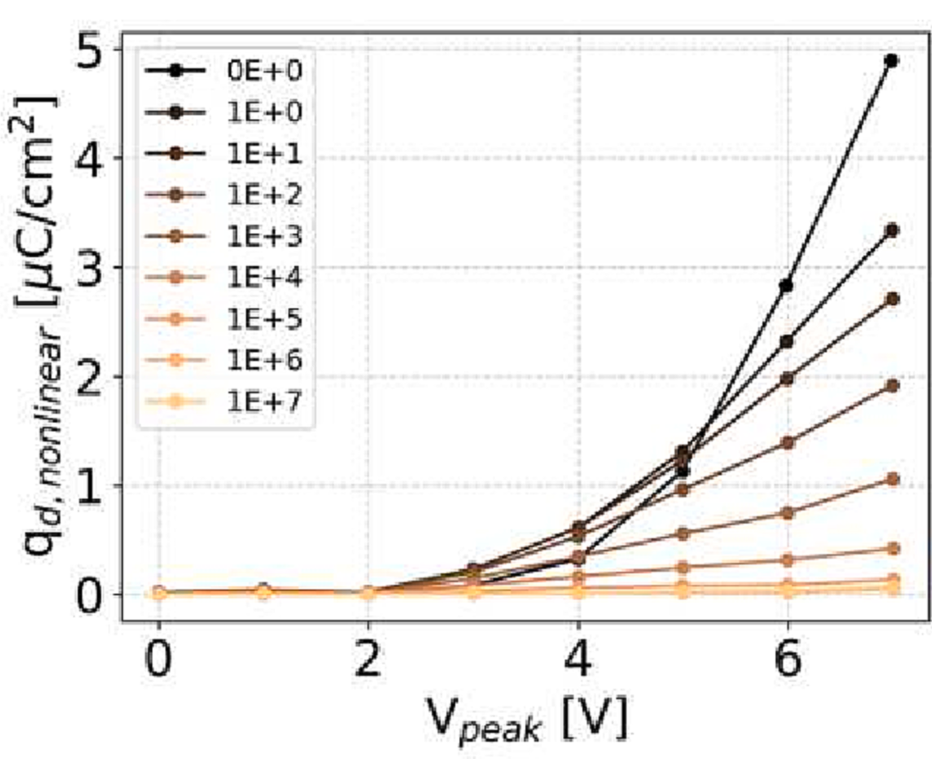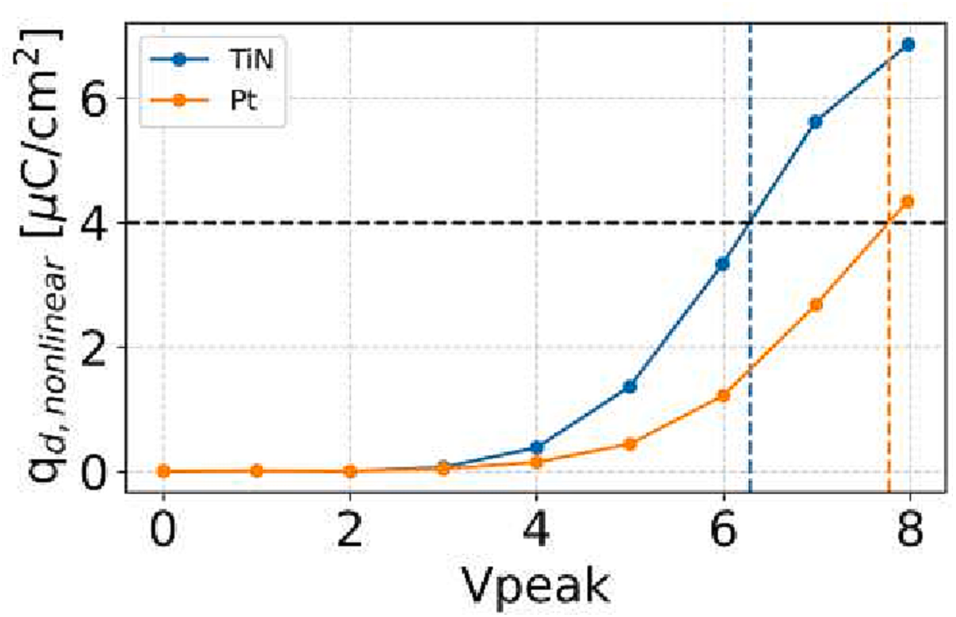Since the 1940’s, phenomena in ferroelectric materials have been successfully modelled based on the Landau theory of phase transitions, which was first applied to ferroelectrics by Ginzburg and Devonshire. Phenomenological models based on this Landau–Ginzburg–Devonshire (LGD) approach have been an essential tool in understanding the basic physics of ferroelectricity. In LGD theory, a ferroelectric below its transition temperature is described by a double-well free energy landscape F as a function of the polarization P (Fig. 1a). The two degenerate energy minima define two stable spontaneous polarization states in the material and the device can be switched from one to another state by the application of an electric field. By differentiating F with respect to P, one obtains the ‘S’-shaped P(E), where E is the electric field in the ferroelectric (Fig. 1b). This ‘S’-shape of the P(E) curve implies that in a certain region around P≈0 the ferroelectric exhibits a negative differential capacitance (NC), because the capacitance C is proportional to the slope dP/dE.

b) S-shaped polarization-electric field curve showing negative capacitance.
In theory, NC can be used to increase the capacitance of a capacitor made out of a single dielectric layer by adding a ferroelectric layer and as such promises the realization of power efficient high-performance devices and supercapacitors. The increase of the capacitance in NC multilayer devices manifests in a nonlinear Q-V behavior. Under certain conditions the nonlinear part of the Q-V response can be non-hysteretic when entering the NC branch of in the S-shape Q-V-curve. This desired case leads to a reduced power consumption for certain applications in comparison to purely ferroelectric devices. In our work we investigate the stability and reliability of this effect in dependence on endurance cycling (see Fig. 2).

Based on the results we experimentally identify measures on how to improve the device reliability. For example, the use of Pt instead of TiN as top electrode decreases the electric field in both the Al2O3 and HZO layer and thus improves the device stability (see Fig. 3). Moreover, in a joint project with IKZ Berlin we study epitaxially grown single-crystalline ferroelectric layers and investigate the dynamic structural changes during ferroelectric switching at synchrotron DESY. In summary, NaMLab’s research in this field focusses on the verification and physical understanding of the NC effects that were observed in ferroelectrics such as HfO2. The importance of the outcome of this work is not limited to ferroelectric NC-devices only, but extends to every ferroelectric/dielectric multilevel device by tackling the trade-off between ferroelectric switching, charge trapping and depolarization effects. Thereby, all the physical and electrical impacts from electrodes, additional interfacial layers or the domain dynamics in the ferroelectric layer itself as well as all kinds of non-idealities have to be considered. The work performed at NaMLab includes the fabrication, physical and electrical characterization as well as modeling of ferroelectric capacitor-based devices.

Cooperation:
IKZ Berlin

